Biography of Shah Tahmasab I, the second Safavid king

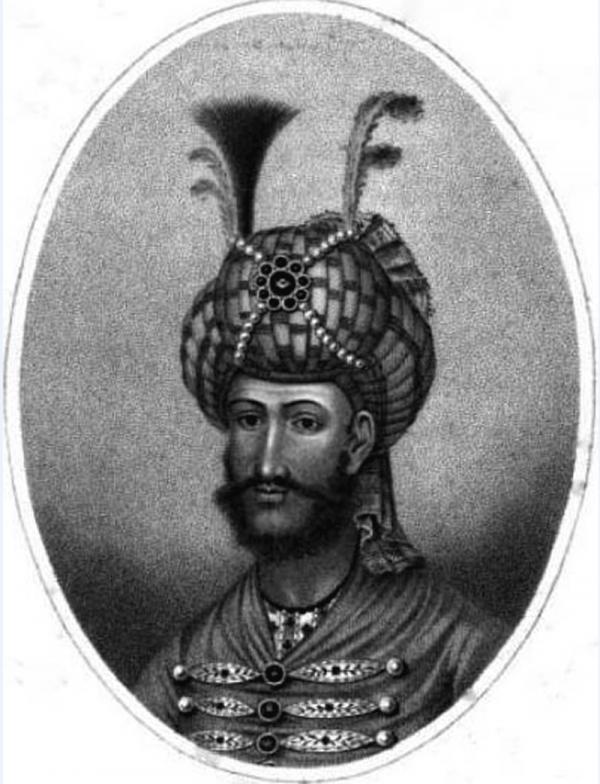 Shah Tahmasab
Shah Tahmasabthe second king of the Safavid dynasty and the son of Shah Ismail I; Tahmasab first was able to settle the internal chaos of the country after the death of his father by relying on courage, measures and to some extent luck and fortune, for this reason Iran experienced stability for a long time.
An abstract of the biography of Shah Tahmasab I:
Full name: Abul Muzafar Abul Fatah Sultan Shah Tahmasb Al-Husseini Al-Musawi Al-Safavi Bahadur Khan
Date of birth: March 3, 892
Place of birth: Shahabad, Isfahan
Reign: 930 to 984
Successor: Ismail II
Died: May 24, 955
Tomb: Mashhad, Imam Reza Shrine
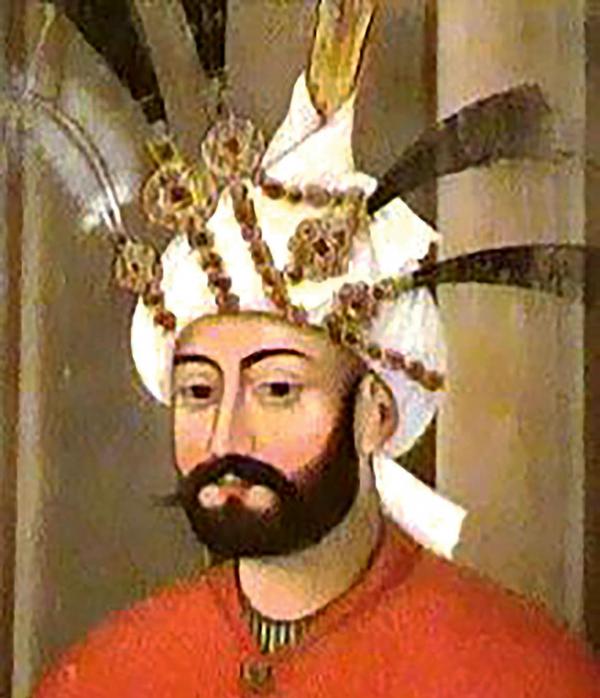 Biography of Shah Tahmasab
Biography of Shah TahmasabBiography of Shah Tahmasab I:
Shah Tahmasab was born on March 3, 892 in Shahabad village of Isfahan. When he reached the age of ten, he lost his father, Shah Ismail I, who was the founder of the Safavid dynasty, and as a result, he became king in 929. The young age of Shah Tahmasb provided the opportunity for the Qizlbash to gain power, for ten years this field of competition between the Qizlbash princes was available, and the young king was able to take power with his measures and bravery and become a powerful king for Iran.
Despite the shortcomings he had in Iran, Tahmasab I successfully repelled the repeated threats of Uzbeks and then the Ottomans, and after that he created a period of peace and stability for Iran. The period of peace in Iran lasted until the death of this king, until his hot-tempered son Ismail II came to power.
Shah Tahmasab I He resided in Chehlsetun mansion in Qazvin and after him Ismail II also resided in the mansion.
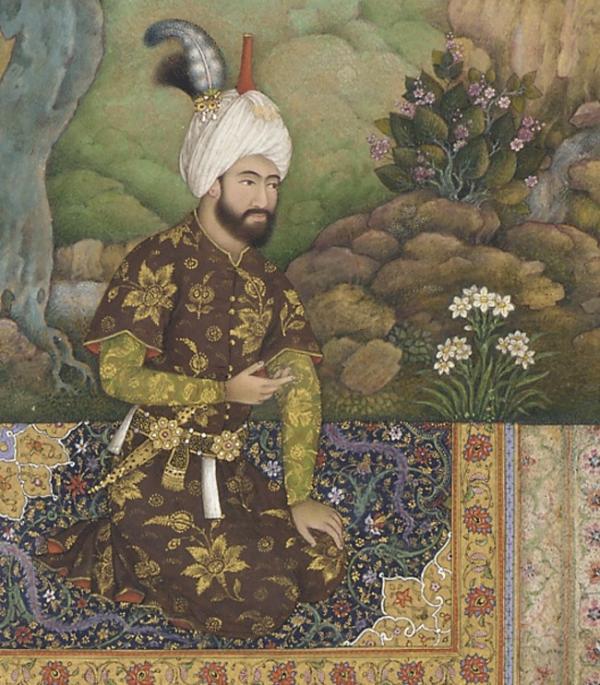 The images left by Shah Tahmasab
The images left by Shah TahmasabKing Tahmasab I of the Artist Kingdom:
Tehmasab Ik had the nature of an artist, he had a hand in calligraphy and painting, the master of Sultan Mohammad Mosvar was his teacher in painting. Although Shah Tahmasab's painting art is described in detail in the Golestan book of Gazi Ahmed Manshi's art, but no outstanding works of his have been seen, and the only picture with Shah Tahmasab's signature is the Majlis Bazmi painting, which is in the palace museum. Turkey's Topqapu decorated the tomb of Bahram Mirza. The signature of this painting is as follows: “The face of Tahmasab al-Hosseini”.
Outside the drawing table and outside the picture of Shah Tahmasab, he wrote in his handwriting: “It was built for my dear brother Bahram Mirza”.
Shah Tahmasab can be seen as an extension of Azerbaijani verse poets and many efforts can be seen in this field.
Important events during the reign of Shah Tahmasab I:
Peace of Amasya:
Peace of Amasya is actually the name of the treaty that was signed between Sultan Suleiman I and King Tehmaseb in the year 884 in the city of Amasya (this city is now located in modern Turkey). The long-term wars that took place between Iran and the Ottomans ended with the signing of the Peace of Amasya because a definite border was drawn between Iran and the Ottomans. 20 years of peace for Iran was the result of signing this peace agreement.
According to the peace of Amasya, the states of Azerbaijan, Eastern Armenia and Eastern Georgia under the ownership of Iran and Western Georgia, Western Armenia and the country of Iraq were assigned to the Ottomans. On the other hand, the Ottoman sultan pledged to be tolerant with the followers of Shia and to support the Iranian pilgrims who are going to Mecca and Medina. In this agreement, it should have been emphasized to the border commanders to avoid any orders that lead to border conflicts.
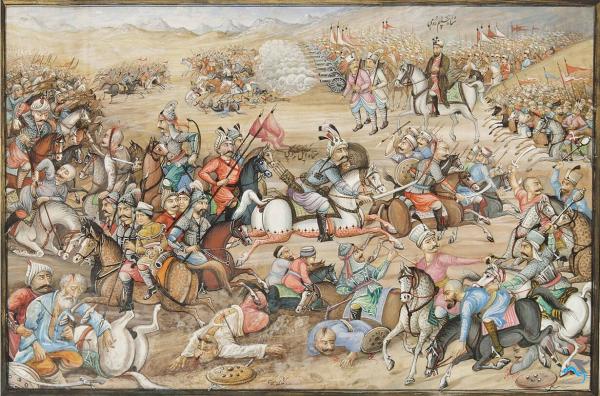 The story of the peace of Amasya by Shah Tahmasab
The story of the peace of Amasya by Shah TahmasabSettlement in the capital:
The peace caused by the peace of Amasya caused Shah Tahmasab to live in Qazvin for 20 years, during this time he used the stability and peace that had arisen. Since he had the nature of being a treasurer; For 14 years until the end of the reign, he refused to pay the salaries of the soldiers, as a result of this issue, the soldiers put pressure on the people. People also expressed their displeasure with riots in Gilan led by Seyyed Hossein and riots in Tabriz. In the end, these two rebellions were suppressed, but it created a crisis and other rebellions in the subsequent periods of the Safavid dynasty. This issue caused the Safavid monarchy to regain its stability and power after 12 years of instability after the death of Tahmasb.
Moving the capital:
Shah Tahmasab I changed the capital from Tabriz due to its proximity to the Ottoman borders, greater vulnerability, and Tabriz's distance from Khorasan, which was always attacked by Uzbeks, and moved it to Qazvin. This change lasted until the time of Shah Abbas I, i.e. 1006, when Isfahan was chosen as the official capital of Iran.
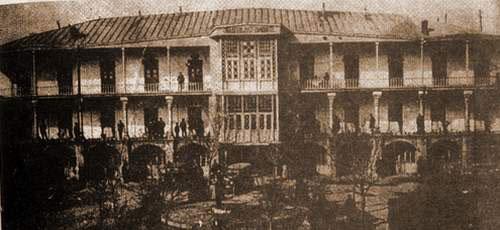 The transfer of the capital to Qazvin by Shah Tahmasab
The transfer of the capital to Qazvin by Shah TahmasabRefugees of neighbors to Iran:
One of the most influential events during the reign of Shah Tahmasab I can be mentioned the refuge of Humayun the King of India and Bayezid the Ottoman Prince, which had a great impact on the relations between Iran, Ottomans and India. King Humayun of India was forced to seek refuge in Iran with his close relatives due to the differences between him and Sher Khan Afghani as well as the disunity of his brothers in 950 AH.
Shah Tahmasab also fulfilled the custom of hospitality and ordered to accompany him to the capital. After some time passed, Humayun returned to India through the army provided by Iran and took back his government. This issue had such an impact on the relations between Iran and India that until the extinction of the Safavid dynasty, there were no problems or disputes between the borders of Iran and India, except for a few cases where there were differences between the parties in border issues, especially in Kandahar.
Following the differences he had with his father Sultan Suleiman and his brother Salim, Bayezid entered Iran from Anatolia in 967 AH with an army of ten thousand armed men and requested asylum from Tahmasab. Shah Tahmasab again followed the custom of hospitality, honored him and asked his relatives to shelter Bayazid in a suitable palace.
After the Ottoman sultan learned about Bayezid's migration to Iran, he sent a letter in a respectful and sometimes threatening manner and requested that Bayezid be returned. Finally, Shah Tahmasab was forced to hand over Bayezid and his children to the Ottoman agents in order to prevent the Ottoman invasion of his borders. Along with this, a peace was signed between the parties in 969 AH, and the wars in the west of the country stopped for a relatively long time.
Death of Shah Tahmasab I:
As long as Tahmasab's rule continued with his health, the differences between Qazalbash were not evident, but when the king fell ill, discussions began about his succession. At the end of the wars that occurred in Qazvin court; Haider Mirza was killed and Ismail Mirza ascended to the throne on 27th Jumadi al-Awl 984 AH on Wednesday and changed his name to Ismail II, he is known as the third Safavid king.
Following the clashes that took place, the body of Shah Tahmasab was first buried in the garden, but after a short period of time, it was transferred to Prince Hossein's court (Qazvin). A year later, the body was again moved to the shrine of Ali bin Musa al-Reza in Mashhad.
12 years after this transfer, with the capture of Mashhad by the Uzbeks, the body was taken out of the grave and taken to Bukhara to insult Tehamasab I. There is a possibility that the transfer happened to another body and the body is still preserved in the shrine, although the transferred body was transferred to Isfahan with the help of Azbakan and then buried in Imamzade Shah Seyyed Ali mausoleum.
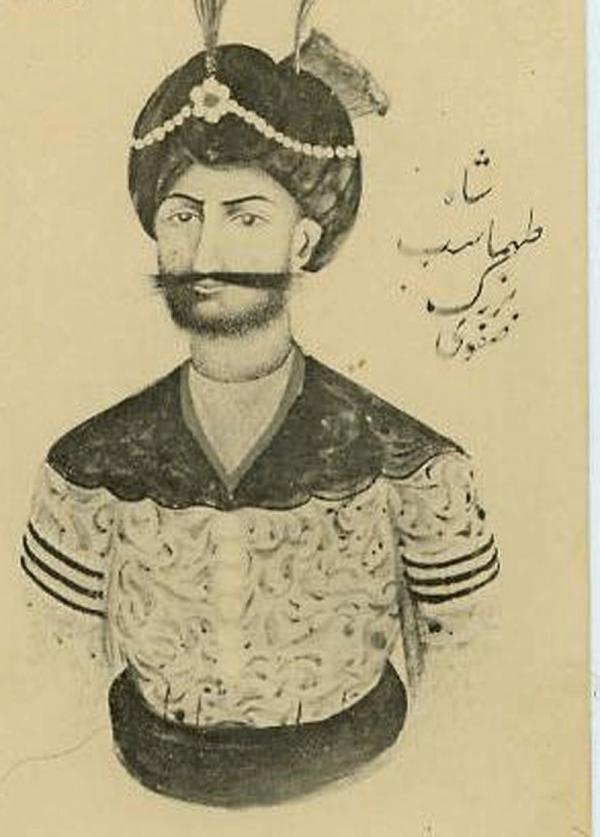 The image of Shah Tahmaseb Safavi
The image of Shah Tahmaseb Safavicompilation: Cover biographical section






